Domestic exchange rate cools down
Surpassing the threshold of 26,000 VND/USD, preparing for the possibility of reaching the mark of 27,000 VND/USD, the exchange rate "cooled down" on April 10 and 11 after the United States announced a 90-day postponement of reciprocal tariffs on imported goods.
On April 11, the State Bank listed the central exchange rate at 24,923 VND/USD, down 41 VND/USD compared to April 10. With a margin of +/-5% as regulated by the State Bank, the ceiling exchange rate that credit institutions can trade is 26,169 VND/USD and the floor exchange rate is 23,676 VND/USD. The reference exchange rate at the State Foreign Exchange Management Reserve Department is 23,727 VND/USD (buy) - 26,119 VND/USD (sell).

At commercial banks, the listed exchange rate also decreased sharply, in which, the Joint Stock Commercial Bank for Foreign Trade of Vietnam (Vietcombank) is 25,520 VND/USD (buy) - 25,880 VND/USD (sell), down 120 VND/USD in both buying and selling compared to April 10. This listed price is also applied similarly at the Joint Stock Commercial Bank for Investment and Development of Vietnam ( BIDV ) and down 90 VND/USD compared to the previous day.
Previously, after the US government announced the reciprocal tax rate, the USD exchange rate "climbed" to almost the ceiling. On April 8, the exchange rate at Vietcombank was listed at 25,750 VND/USD (buy) - 26,140 VND/USD (sell), an increase of 160 VND/USD compared to the previous day. On April 9, the exchange rate was 25,792 VND/USD (buy) - 26,182 VND/USD (sell), an increase of 42 VND/USD. At that time, many forecasts said that the VND/USD exchange rate could reach 27,000 VND.
According to experts, the USD/VND exchange rate is one of the most sensitive indicators to US trade policies, especially when Vietnam has large export turnover to this market.
State Bank Governor Nguyen Thi Hong said that when the United States announces its reciprocal tax policy with countries, including Vietnam, the exchange rate will have very complicated developments, with an increase of 0.6% on the first day. A tax rate of up to 46% if applied to Vietnamese goods could reduce export turnover, put pressure on foreign currency supply and push the exchange rate up, according to calculations by about 3%-5%.
More time to adjust strategy
In fact, the decision to postpone the imposition of reciprocal tariffs for 90 days helps to immediately reduce pressure on the exchange rate. With a temporary tariff of only 10%, Vietnamese export enterprises have more time to adjust their strategies and maintain foreign currency flows from the United States, which is considered a major source of revenue in the trade balance. With a stable foreign currency flow, the State Bank, the regulatory agency, will also have the conditions to stabilize the exchange rate, avoiding the recent escalation of the exchange rate.
According to economist Dr. Nguyen Duc Huong, the decrease in the VND/USD exchange rate could be a sign of temporary stability in the Vietnamese economy. After the decision to postpone the tax, the international financial market responded positively, helping to reduce investors' concerns about the global trade situation. Moreover, domestic economic data in the first quarter of 2025 showed that the Vietnamese economy is maintaining a stable growth momentum, also contributing to reducing pressure on the exchange rate.
Many other opinions also said that, in order to respond to changes in US trade policy, Vietnam has had a flexible approach, negotiating on a case-by-case basis if possible and preparing alternative plans. Because, US tariffs are a challenge for Vietnam, but also an opportunity for the Vietnamese economy and businesses to change and restructure in a sustainable direction.
It is forecasted that during the 90-day delay in the US's reciprocal tariffs, the USD/VND exchange rate may remain stable around the current level, but there are potential risks if negotiations with the US do not achieve positive results or China retaliates strongly against the US, causing fluctuations in global capital flows.
Regarding the fluctuations in the exchange rate in the coming time, the State Bank said that it will closely monitor market developments to manage, with reasonable doses, considering the harmony between the exchange rate and the target of reducing interest rates. This shows that, despite the downward pressure, the State Bank will maintain a cautious attitude towards the risk of fluctuations from external factors, especially if the two economic powers, the United States and China, escalate the trade war.
Source: https://hanoimoi.vn/ty-gia-usd-vnd-se-dien-bien-sao-trong-90-ngay-toi-698634.html



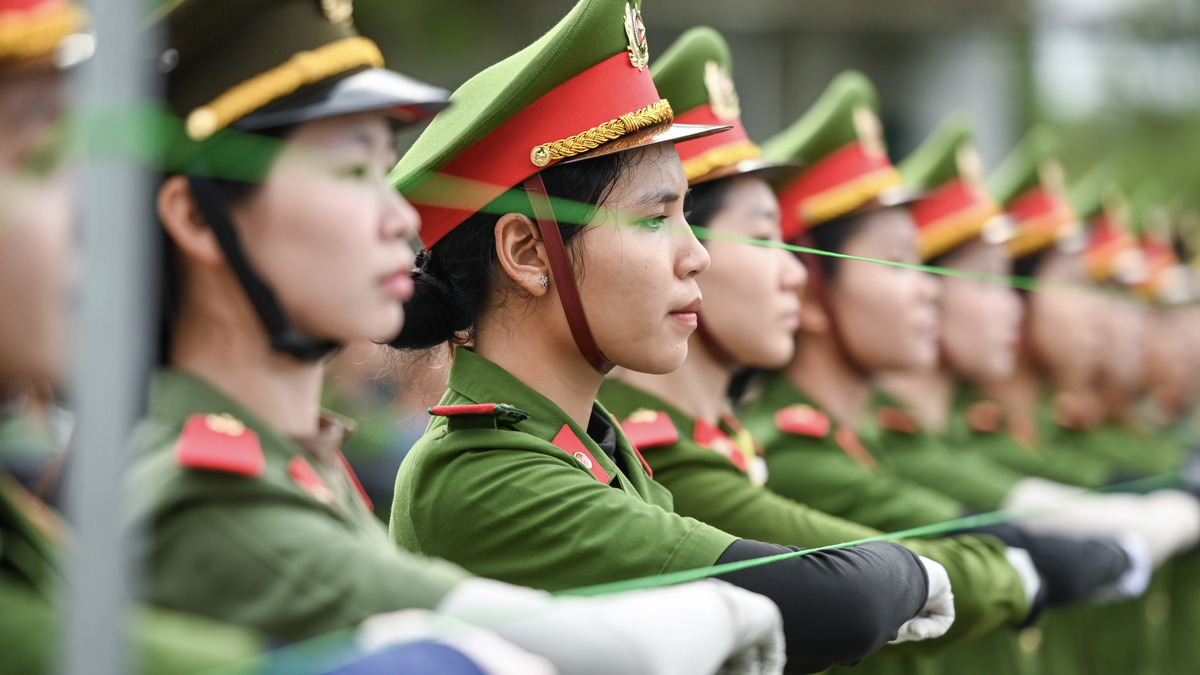






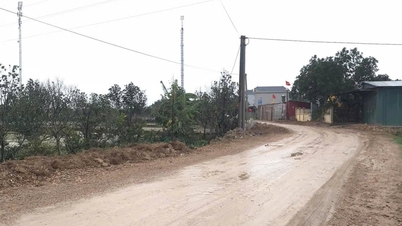























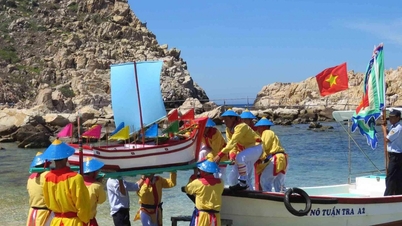



























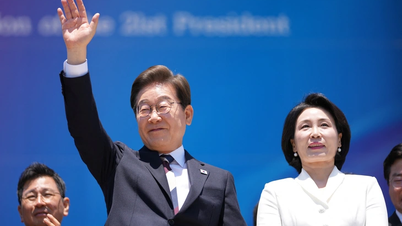





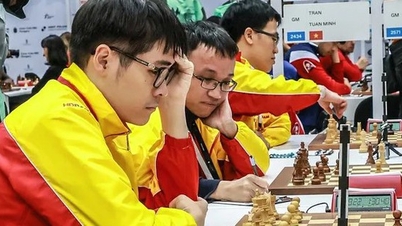




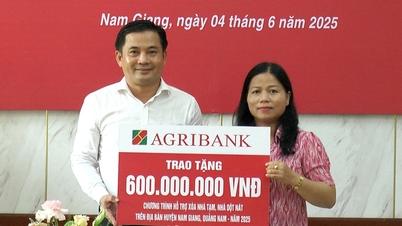














Comment (0)